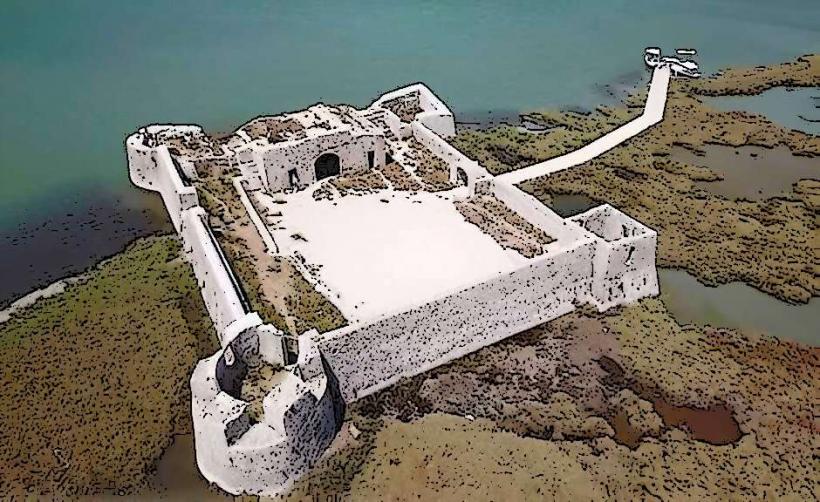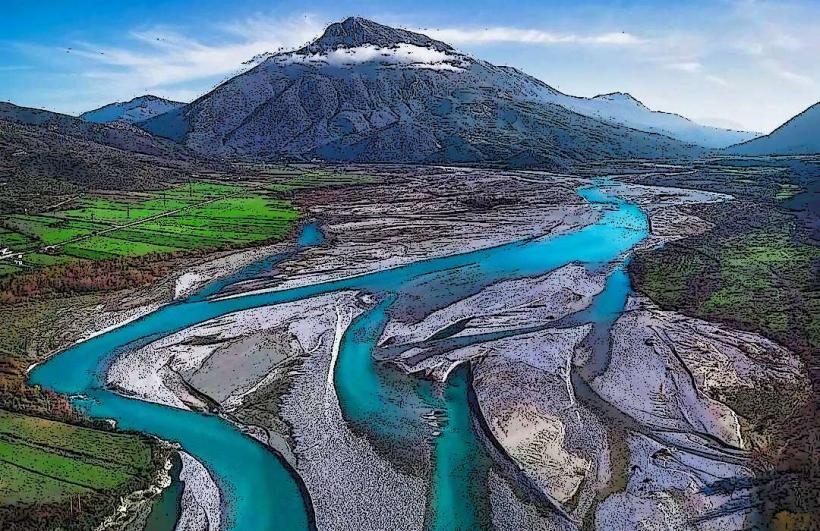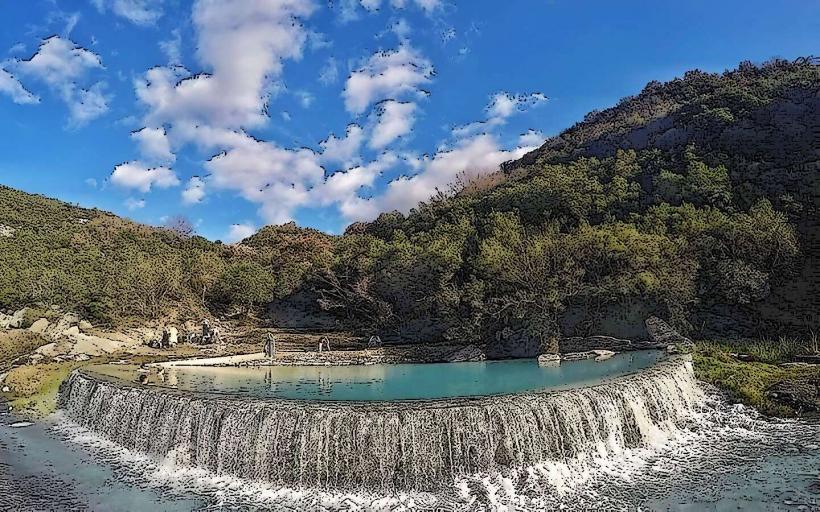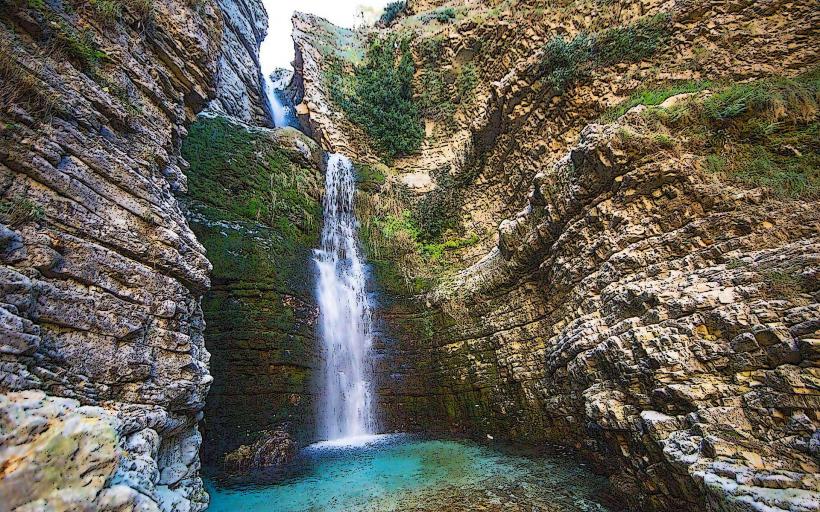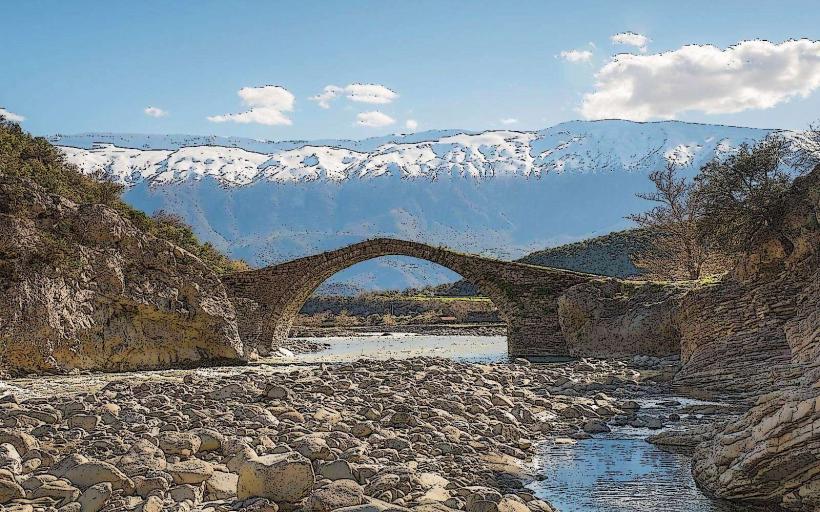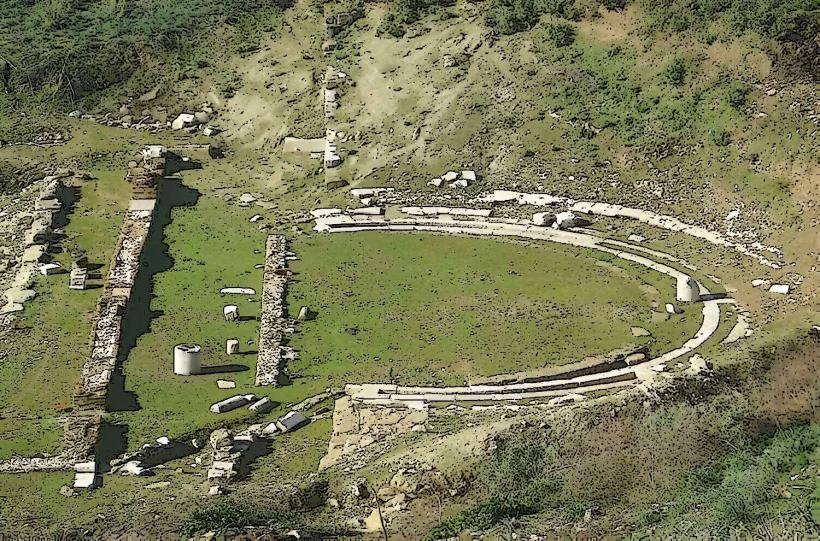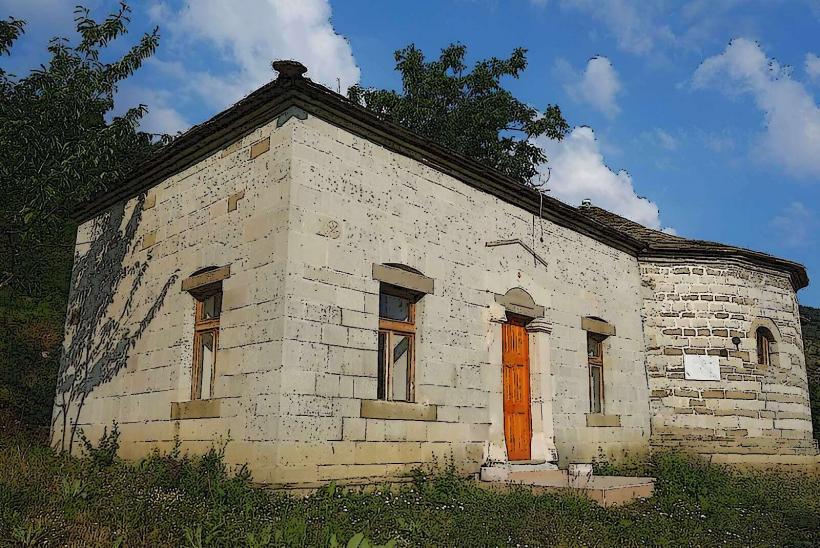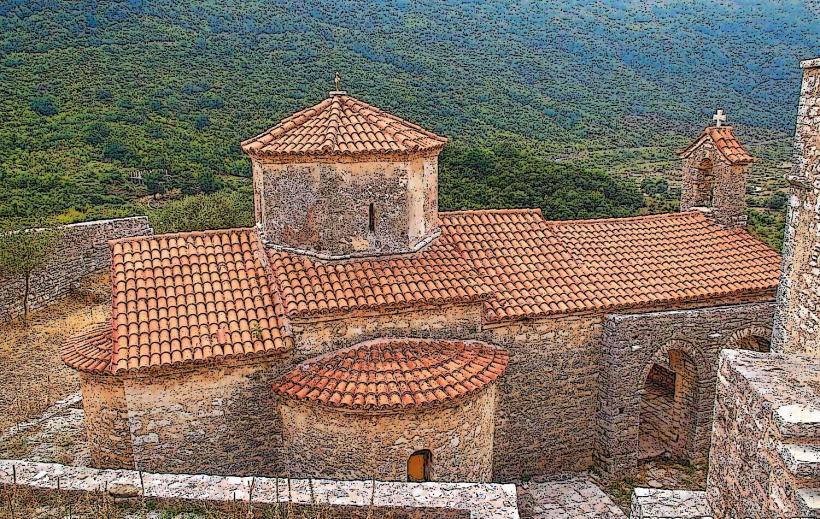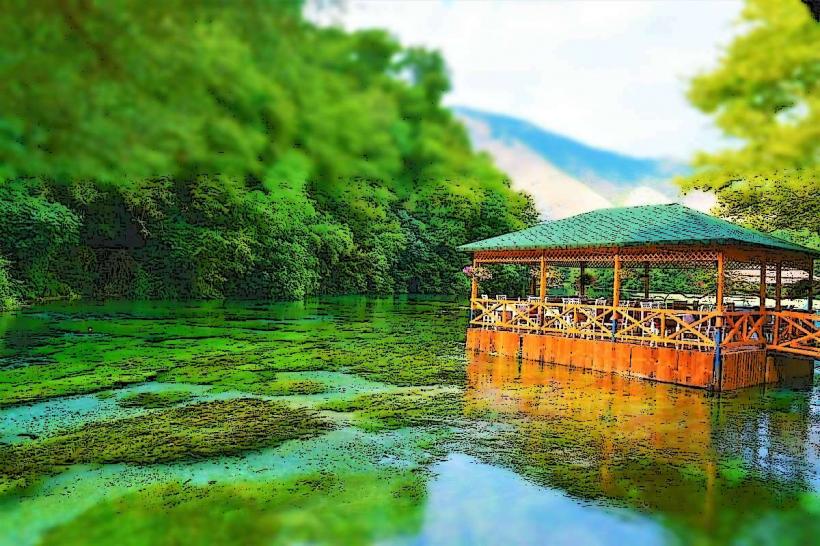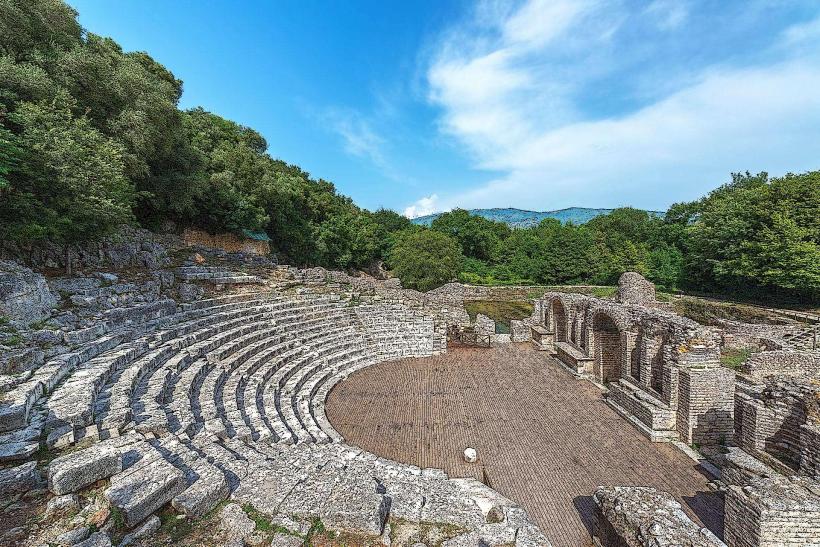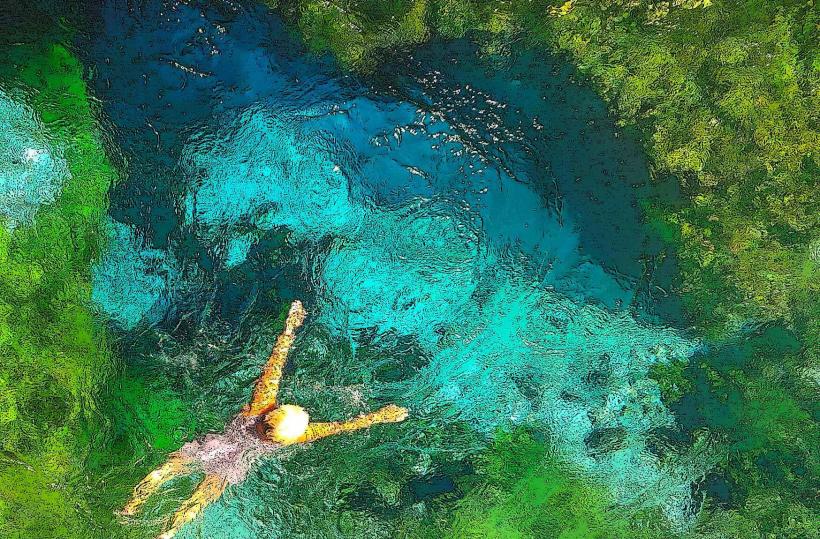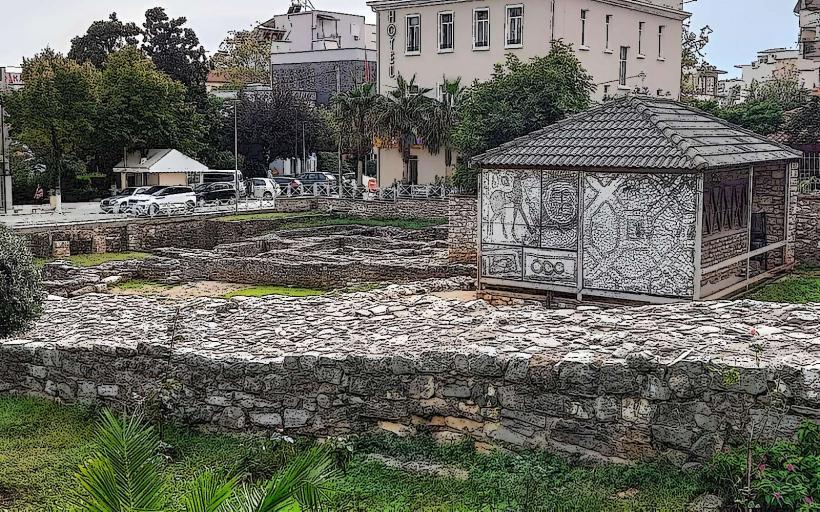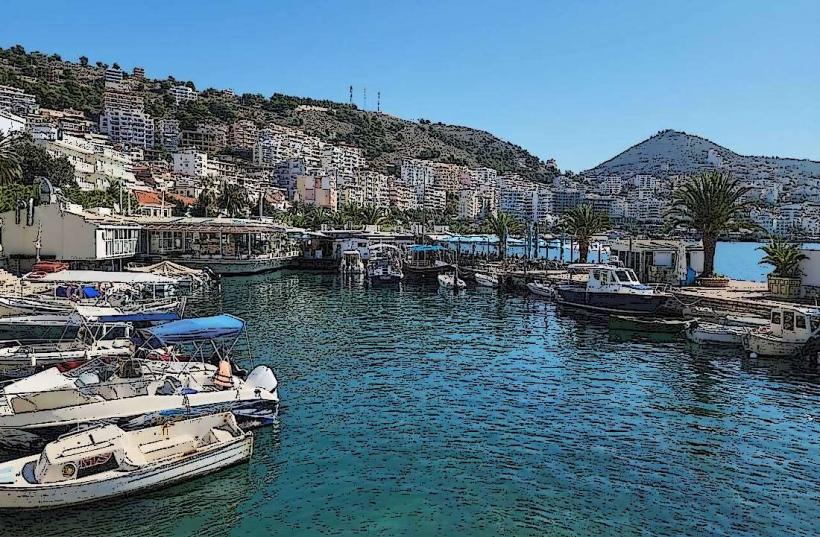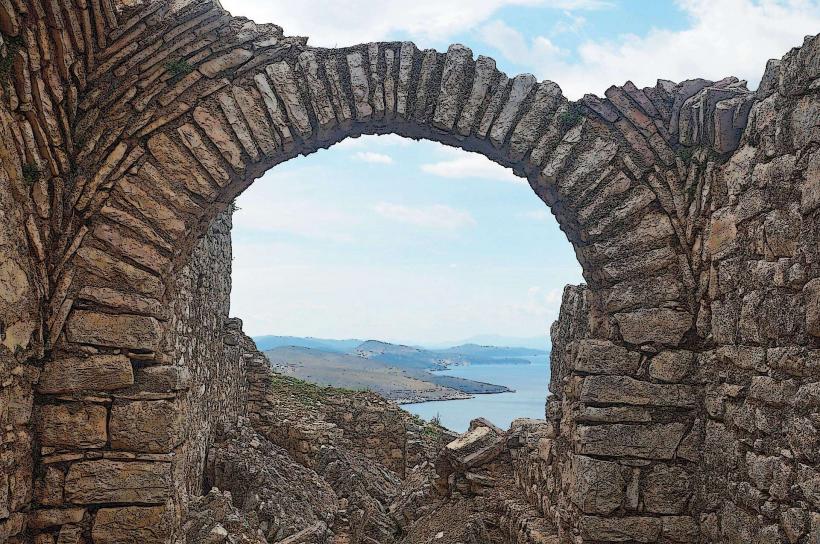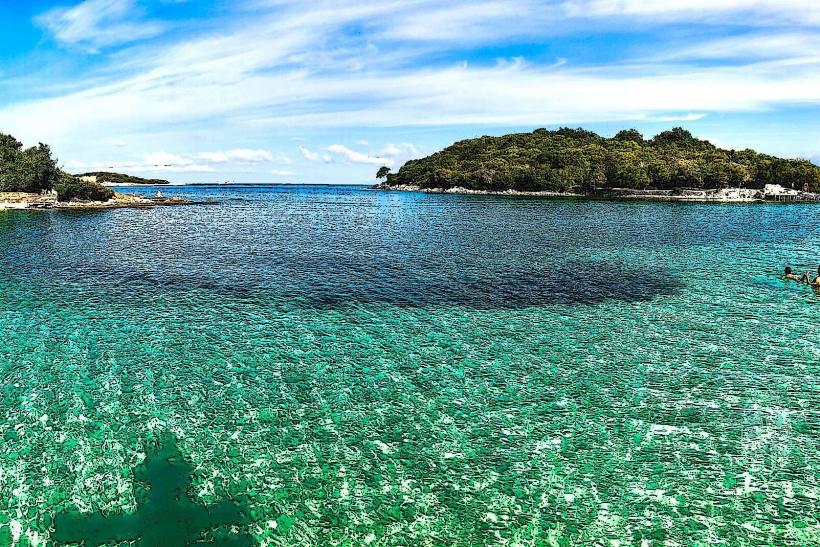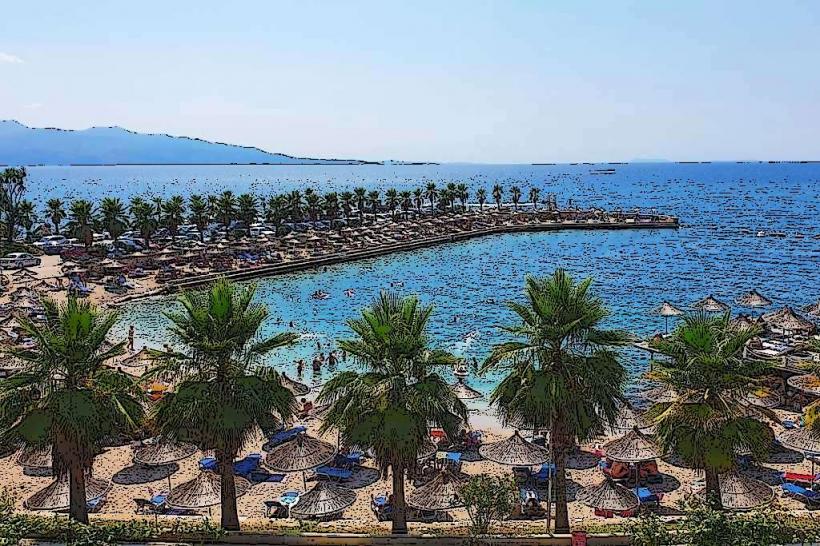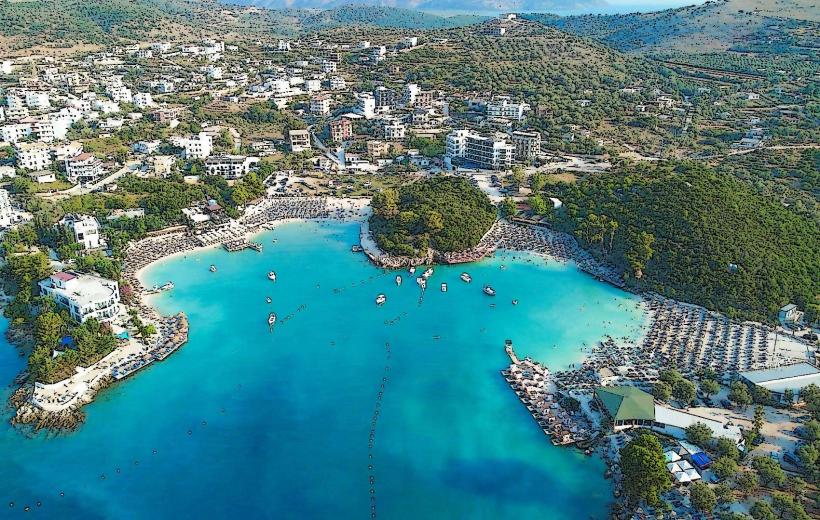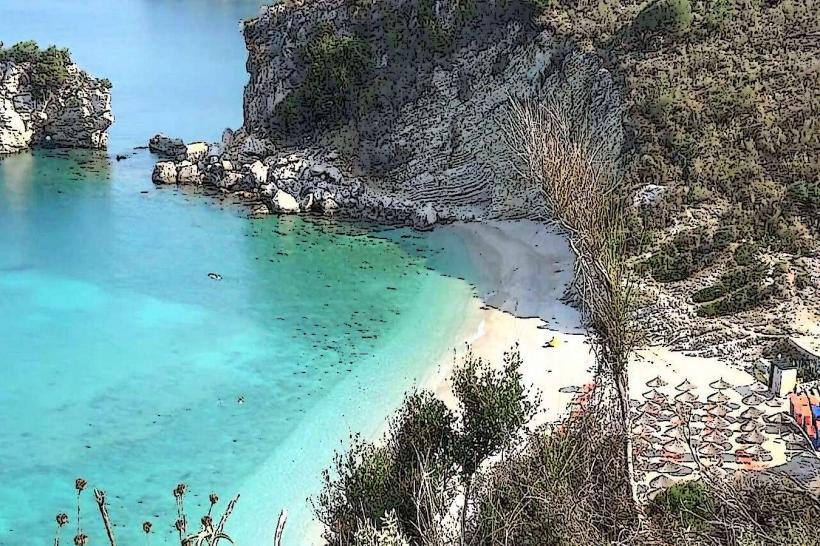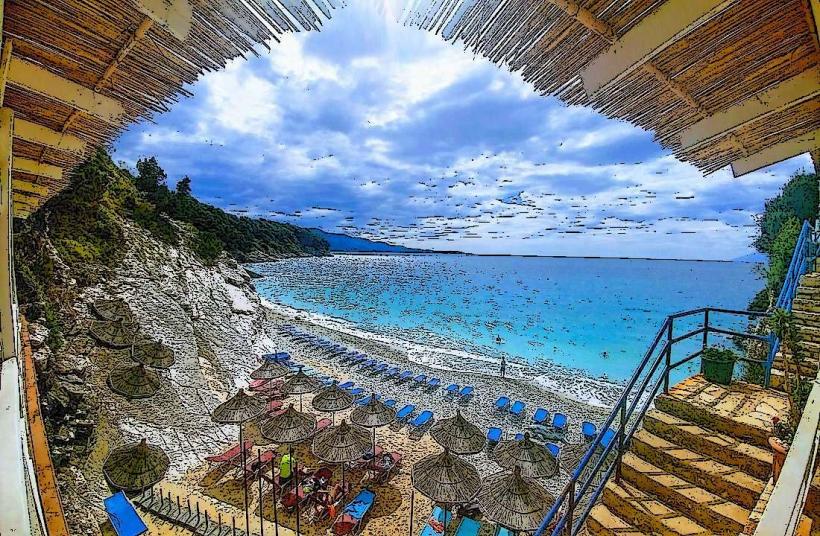Information
City: SarandeCountry: Albania
Continent: Europe
Sarande, Albania, Europe
Overview
Sarandë is a sunlit coastal city in southern Albania, resting along the clear blue waters of the Ionian Sea, after that this spot ranks among Albania’s top tourist draws, with sun‑soaked beaches, water so clear you can discover the pebbles beneath your feet, and easy access to ancient ruins and wild, untouched landscapes.In Sarandë, cobblestone streets meet glowing blue sea and sleek cafés, blending history, Mediterranean beauty, and modern comfort into a lively hub for locals and travelers alike, equally important perched on the Ionian coast near the Greek border, Sarandë sits in Vlorë County in southwestern Albania, its hillside streets unfolding toward sweeping views of the sea.Along its shore, sandy and pebbled beaches curve into quiet coves, and the water is so clear you can detect the rocks shimmering beneath the surface; on clear days, Ksamil and even Corfu appear just across the waves, likewise the city enjoys a Mediterranean climate-summers are warm and dry, often hitting 30–35°C (86–95°F), while winters stay mild and wet, with temperatures around 10°C (50°F).Truthfully, Sarandë’s roots stretch deep into antiquity, consequently once called Onhezmus, this ancient Greek settlement later became part of the Roman Empire, leaving behind striking ruins from both eras.Under the Ottomans, Sarandë thrived as a busy port linking the empire’s heartland to Europe, its docks crowded with merchants and sailors, while after Albania gained independence in 1912, the city grew into a key hub in the south, and in recent decades tourism has fueled yet more growth, moderately In a way, Today, around 30,000 to 35,000 people live here, though the summer brings a surge of visitors, simultaneously most residents are Albanian, with a notable Greek minority; Albanian is the main language, but Greek is widely spoken.Eastern Orthodoxy predominates, alongside a compact Muslim community, as well as tourism drives the economy-beaches, archaeological treasures, and a vivid blue sea draw thousands each year-while fishing, olive oil production, and trade with nearby Corfu add to local livelihoods.The waterfront blends traditional houses, Ottoman buildings, and modern hotels, with a promenade lined by cafés where you can smell grilled fish in the salt air, not only that the city center hums with shops and restaurants, while the hills and villages beyond offer quiet views.Sarandë’s culture mixes Albanian and Greek influences, celebrated through festivals of music, dance, and dishes like tave kosi or flaky byrek, meanwhile life here moves at an easy pace, with swimming, boating, and hiking as favorite pastimes.If I’m being honest, Schools and modest colleges serve the community, and programs in hospitality and tourism are on the rise, also the arts scene is growing, too, with galleries and festivals showcasing local talent.Nearby, beaches like Santa Quaranta, Pulebardha, and Lukovë shimmer in the sun, while Ksamil’s sandy islets lie just offshore, in turn a short drive away, Butrint National Park offers ancient ruins amid wetlands, and the Blue Eye Spring dazzles with its deep turquoise glow.Sarandë draws nature lovers and photographers alike, from its sunlit beaches to the clear, blue Ionian waters, equally important well-connected by road, regular buses link it to major cities across Albania, while ferries cross to Greece-most often to Corfu.You can drive in easily, too, thanks to newer roads that have turned it into a favored stop for travelers from abroad, to boot over the past twenty years, the city has grown speedy, adding hotels, resorts, and waterfront restaurants to meet rising demand.This boom has boosted the local economy, yet it’s brought concerns over beach erosion, waste, and summer overcrowding that strains traffic and public services, to boot even so, Sarandë remains a striking coastal city, balancing its rich history with modern comforts.With Greece just a short hop away, the area offers golden-sand beaches and ancient ruins, making it perfect for both unwinding and discovering something fresh.
Author: Tourist Landmarks
Date: 2025-10-29
Landmarks in sarande

